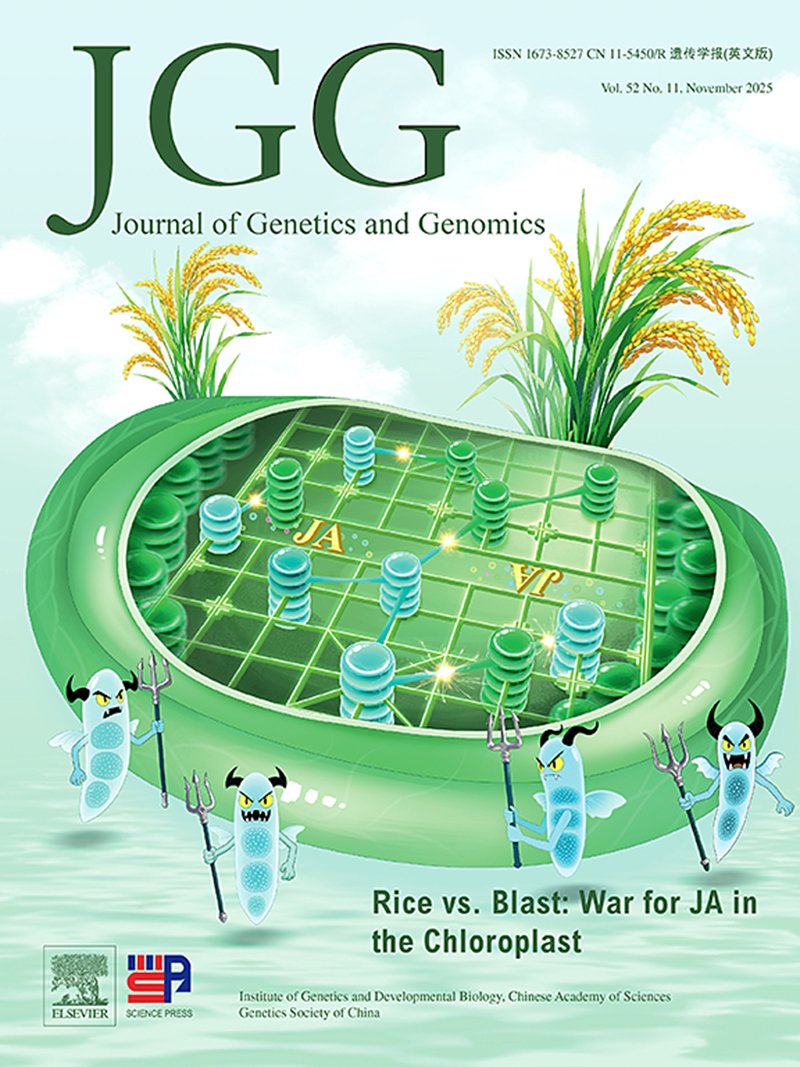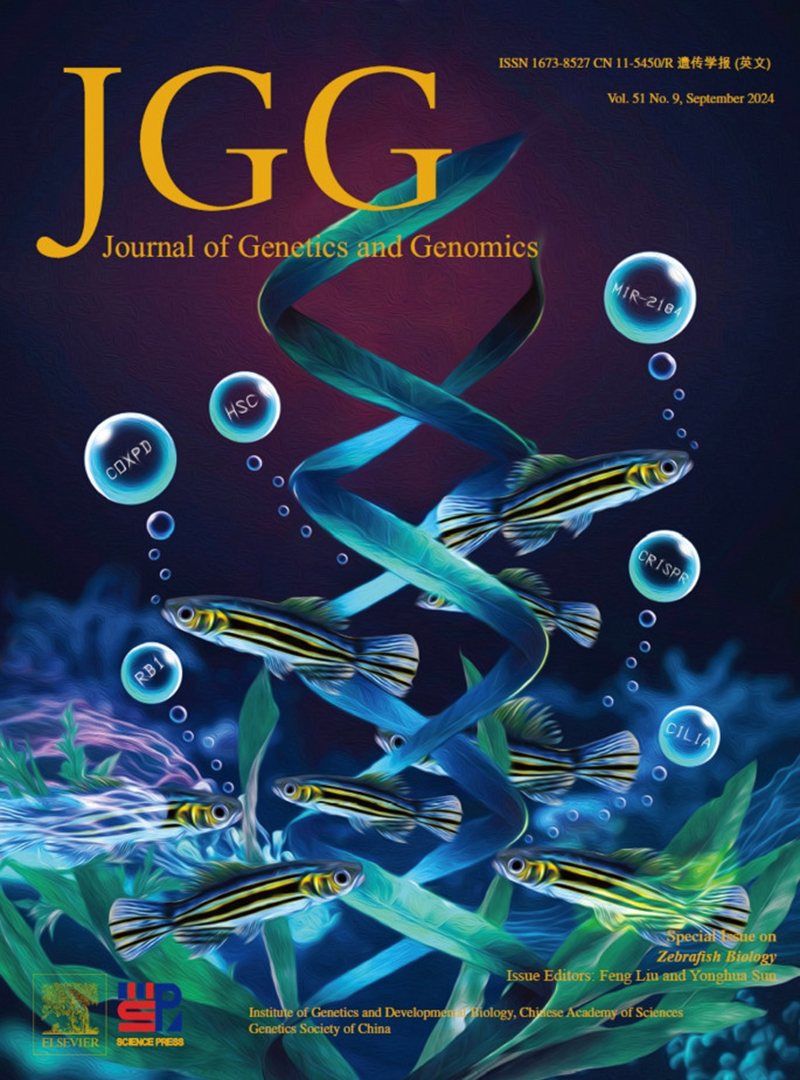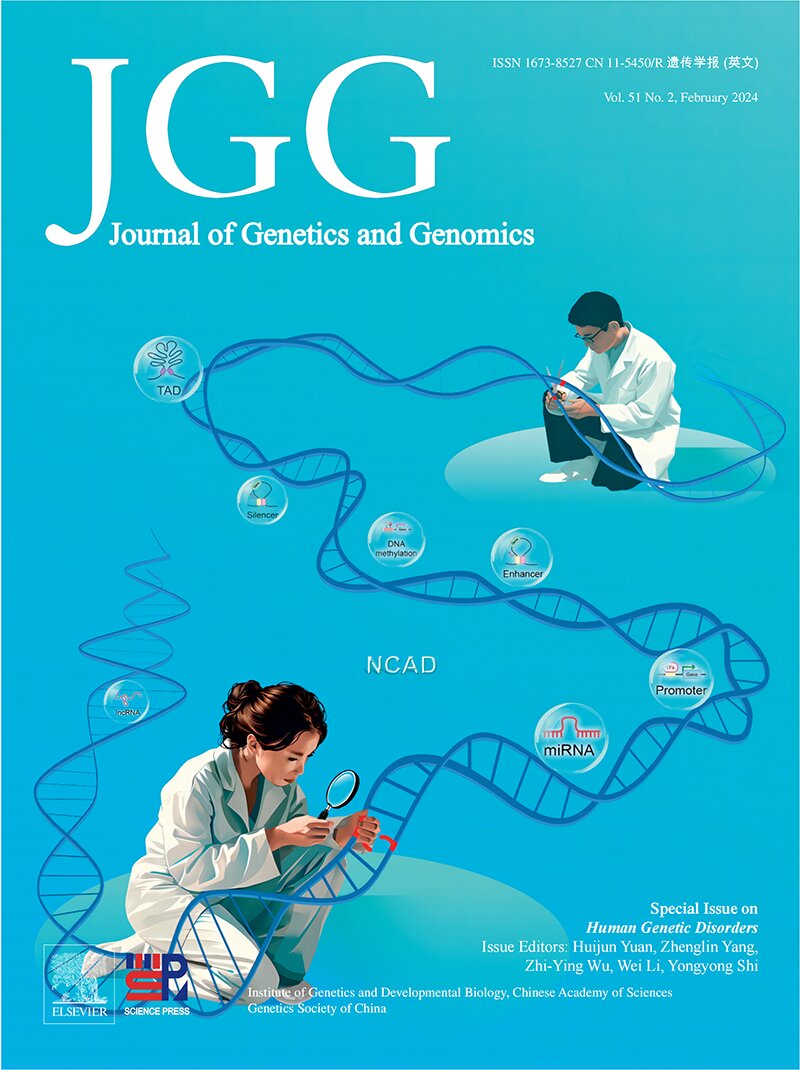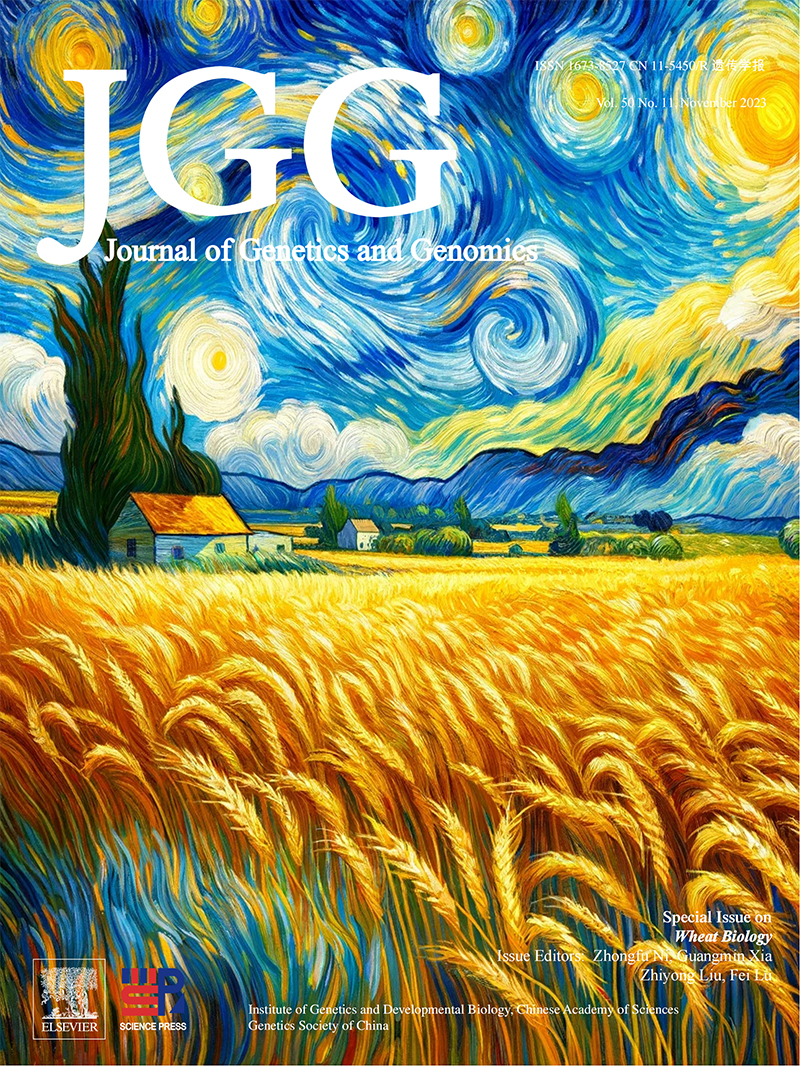, Available online ,
doi: 10.1016/j.jgg.2025.11.009
Abstract:
, Available online ,
doi: 10.1016/j.jgg.2025.11.010
Abstract:
, Available online ,
doi: 10.1016/j.jgg.2025.11.007
Abstract:
, Available online ,
doi: 10.1016/j.jgg.2025.11.008
Abstract:
, Available online ,
doi: 10.1016/j.jgg.2025.11.003
Abstract:










